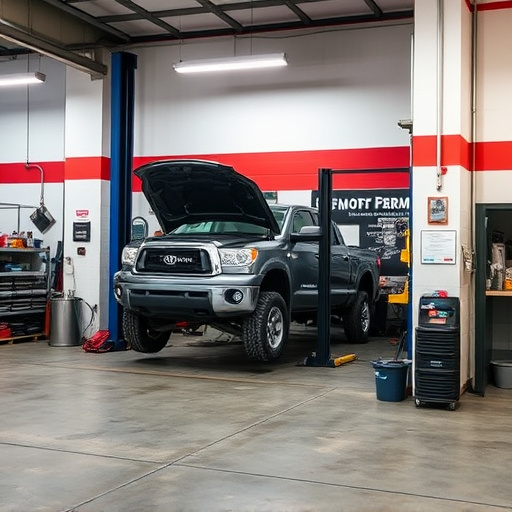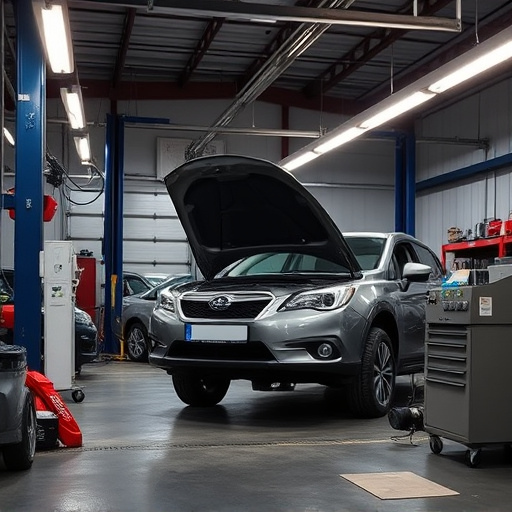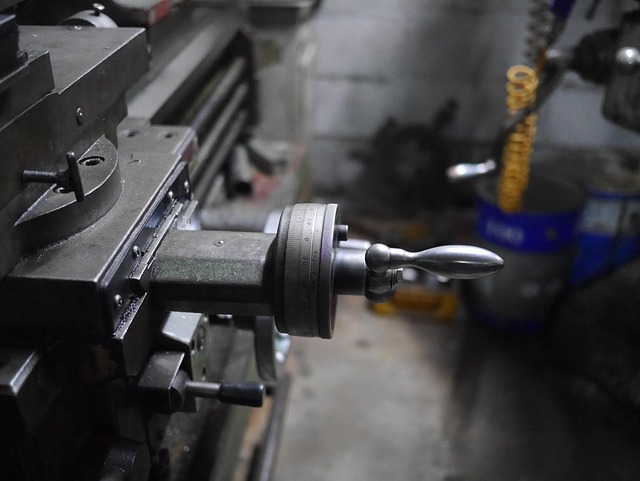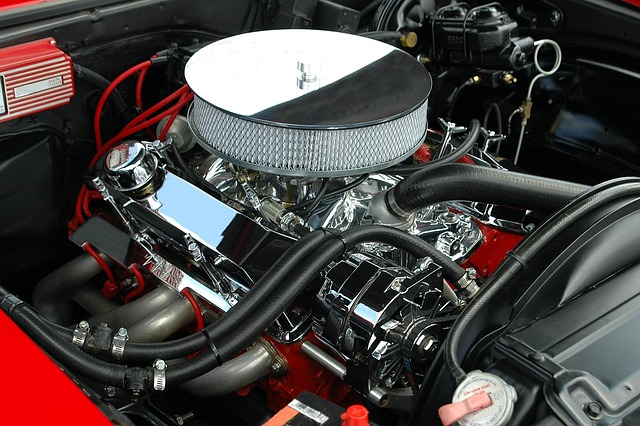Repair status updates are crucial for modern auto body services, enhancing trust and customer satisfaction by providing real-time, clear communication about vehicle repairs, from simple dent removals to complex jobs. These updates should be accurate, detailed, jargon-free, and regularly verified against trusted industry sources to maintain transparency and ensure quality, thereby fostering strong client relationships.
Staying informed is crucial when managing repairs. This guide details how to ensure the accuracy of vital communication tools, specifically repair status updates. Understanding their purpose, scrutinizing content for completeness and clarity, and cross-referencing with reliable sources are essential steps. By following these practices, you can avoid misunderstandings and ensure your repair progress is up-to-date and trustworthy.
- Understand the Purpose of Repair Status Updates
- Examine Update Content for Completeness and Clarity
- Cross-Reference with Trusted Sources Regularly
Understand the Purpose of Repair Status Updates

Repair status updates play a vital role in keeping customers informed about the progress of their automotive repairs. These updates ensure transparency and build trust between the service provider and the client, which is crucial for maintaining long-term relationships. In today’s digital era, where convenience and real-time communication are highly valued, regular repair status reports have become an essential component of quality auto body services.
Whether it’s a simple car dent removal or more complex automotive repair, keeping clients updated demonstrates professionalism and care. By providing timely and accurate information about the repair process, businesses can enhance customer satisfaction and foster a sense of engagement. This is particularly important as customers rely on these updates to plan their schedules and make informed decisions regarding their vehicles’ maintenance and upkeep.
Examine Update Content for Completeness and Clarity

When evaluating the accuracy of repair status updates, one crucial step is to examine the content for completeness and clarity. These updates often serve as the primary means of communication between auto repair shops, collision repair centers, and their clients. A well-crafted update should include all relevant details about the repair progress, such as the tasks completed, those yet to be done, and any anticipated delays. For instance, if a car collision repair is underway, the update might mention specific parts replacement, painting procedures, and expected timeframes for each stage.
Clarity is equally important. The language used should be easy to understand, avoiding jargon that could confuse clients. This ensures everyone involved remains on the same page regarding the vehicle’s condition and the steps required for its restoration. For example, instead of vague terms, a transparent update might specify “engine oil change” or “front bumper replacement,” making it straightforward for customers to visualize and comprehend the repair process, whether they’re managing a minor auto repair shop task or a more extensive collision repair center job.
Cross-Reference with Trusted Sources Regularly

Regularly cross-referencing your repair status updates with trusted sources is a vital step in ensuring accuracy and transparency. As a best practice, maintain open lines of communication with reputable automotive resources, industry experts, or even other auto repair shops. By comparing your updates against reliable information from these channels, you can verify if the details provided align with established standards and current practices, especially for complex procedures like car dent repair or auto repair services in general.
This continuous verification process helps you stay on top of potential errors or oversights, ensuring that any statements about the completion or progress of repairs, including car dent removal processes, are as accurate as possible. It also demonstrates a commitment to quality and integrity, fostering trust between your business, customers, and stakeholders.
Verifying the accuracy of repair status updates is essential for maintaining transparency and trust in any maintenance or service process. By understanding the purpose behind these updates, scrutinizing their content for completeness and clarity, and cross-referencing with trusted sources regularly, you can ensure that clients receive reliable information about their repairs. This practice not only boosts client satisfaction but also strengthens your reputation as a trustworthy service provider.














